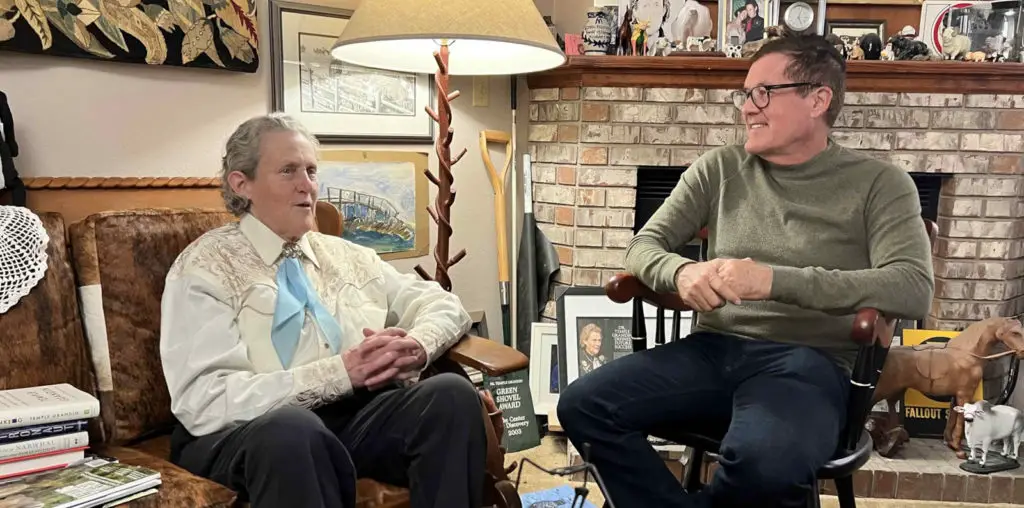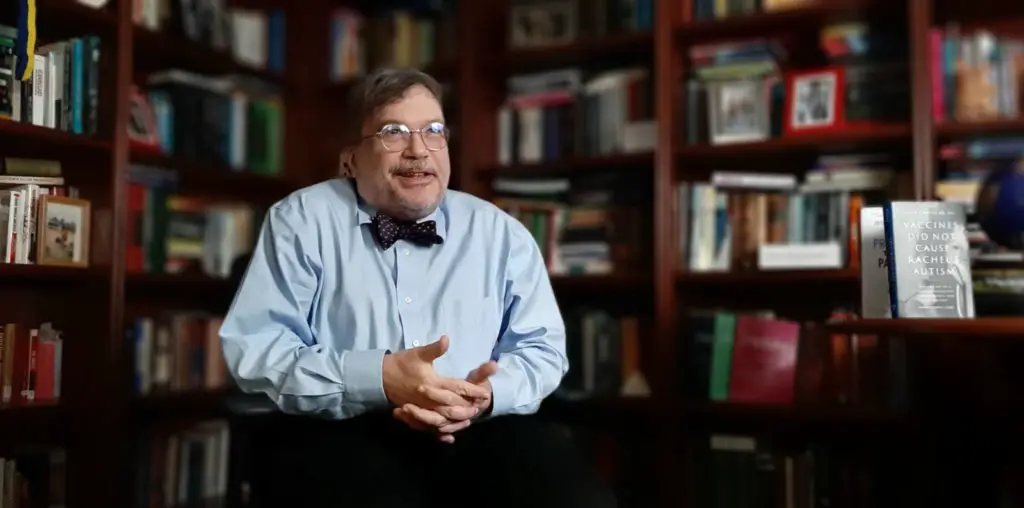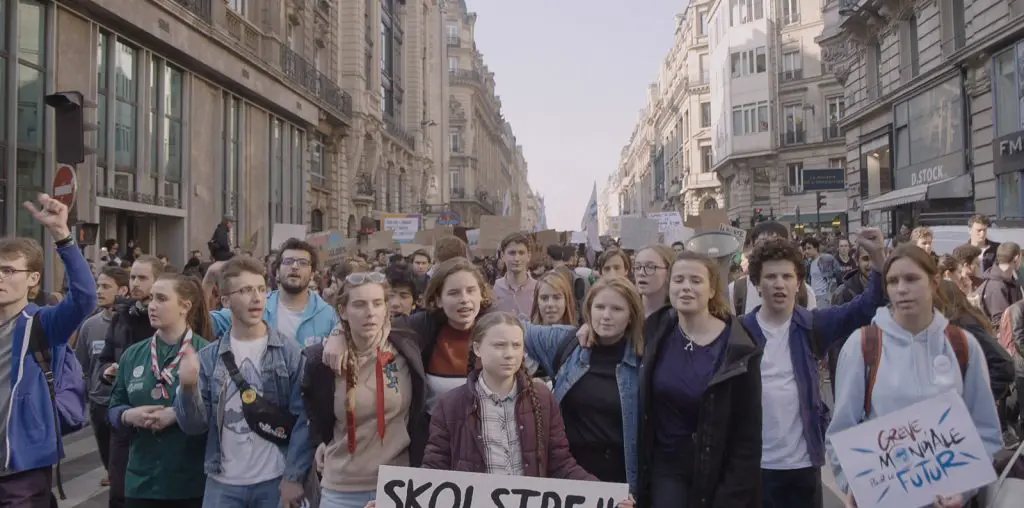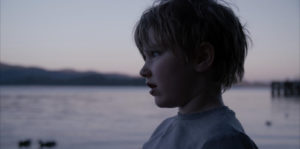
The emotional weight of Eve Natasha Leonard-Walsh’s role in Because We Are Too Many, as she raises her autistic son, Ronan (Ronin Leonard-Walsh), explores the human condition, highlighting the uncertainty surrounding the outcomes of life and daily experiences. A look back on her life, Morgan (Eve Natasha Leonard-Walshand) and her young selves (Hope Hill at 16 years old and Eilidh Keane at 8 years old) along with raising Ronan are the focal points of Because We Are Too Many reflecting a tough existence, particularly for those living in poverty and with disabilities.
Because We Are Too Many is shaped by Morgan’s memories as a grade school girl, during which she would visit a tunnel to meet a young African boy, Mo (Henry-Hilson Agbangbe). She would leave him food, and in return, he would offer wooden animal figurines—an elephant, a zebra, and others. Her connection with him was troubled, serving as a reminder of a dark past in which her mother and boyfriend created an unstable home environment marked by recklessness, neglect, and abuse. She cared for herself and her younger brother, who never wanted to be at home. As time passed, more incidents occurred that made life increasingly difficult.
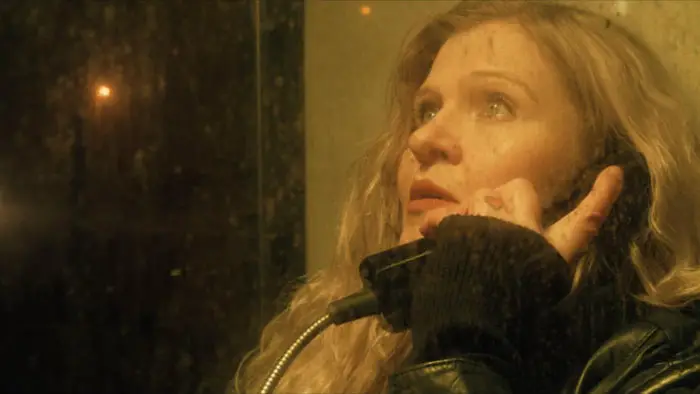
“A single mother without support reveals the ugly head of bureaucracy.”
Beautifully filmed during a time of fear and isolation amid the pandemic in Glasgow, Scotland, Because We Are Too Many provides insight into a world reluctant to reveal the hidden truths of life. Unable to speak, Ronan struggles to embrace childhood. In contrast, Morgan fights to provide and survive in a system that fails to support those living in poverty and facing disabilities—it’s heartbreaking and egregious to witness the harsh realities of welfare alongside the emotional toll of this situation. Nevertheless, despite unexpected challenges, Morgan’s metaphors of the passage of time, her connection to nature, and her journey to adulthood are well orchestrated and fitting for a film exposing a reality many must endure in real-life Glasgow. This is clearly Leonard-Walsh’s comment on the state of things.
A single mother without support reveals the ugly head of bureaucracy and the anguish of being part of an uncaring system. Morgan’s experience, communicated through voiceover and non-linear, visual storytelling, vividly emphasizes her journey, highlighting the significant theme of time with flashbacks to 1992, when she was a young girl, and from 1999, when life shifted again, both drawing a parallel between autism and Mo, who also appears to struggle to communicate. It’s poetic to see all the stages of Morgan’s life intersect in Because We Are Too Many, particularly with the omnipresent influence of religion, another passage of time filled with unsettling emotions. Morgan notes that pain is essential, as a mother understands, as it increasingly becomes a challenge with her son Ronan, illustrating how time is in control for her or perhaps existence in general. It seems to be the basis of Because We Are Too Many and maybe the point of the film.
Because We Are Too Many switches between the present day and the past, using visual effects to emphasize change, pain, or confusion, which is done well despite leaps in time. However, Because We Are Too Many shines in its command of stunning imagery. Along with its award-winning score by Andre Barros, it is able to captivate one’s attention, moving Walsh’s story forward. Because We Are Too Many is powerful, especially with its use of visuals conveying the conflict and emotional journey that Morgan experiences.
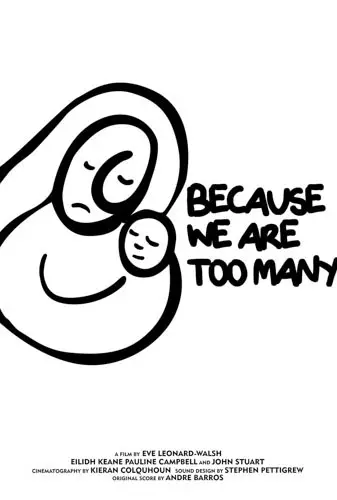
"…insight into a world reluctant to reveal the hidden truths of life"
